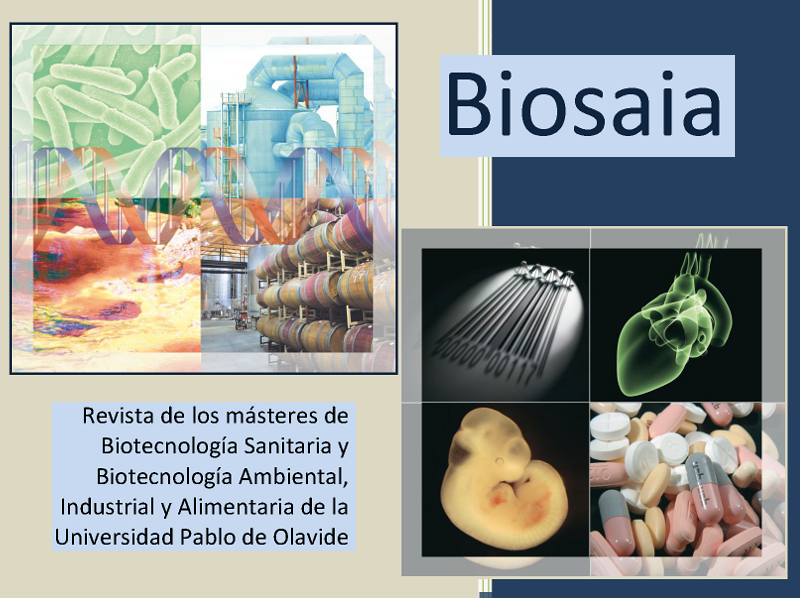Functional dissection of the large adhesion protein
Palabras clave:
LapA,biofilm formation, adhesin, Pseudomonas Putida .Resumen
There are numerous microorganisms which have the ability to switch between being in planktonic state
or form biofilms, these biofilms are complex communities of microorganisms attached to surfaces or
associated with interfaces. This concept has a lot of relevance in ecology due to the fact that these
microbial communities are often composed of multiple species that interact with each other and their
environment. The longest gene in the Gram-negative bacterium Pseudomonas putida genome encodes
LapA, a >9000 amino-acid surface adhesin essential to surface adhesion and biofilm formation. LapA is
a complex protein, containing numerous functional domains and a large array of repeated sequences.
However, the exact function of any of these elements in LapA is unknown.
The strategy of our project is the construction of different lapA variants containing internal deletions of
the putative functional domains, and study the role of each of these in LapA-dependent phenotypes .
Each version will be inserted in the chromosome of a Δ lapA mutant using a Tn 7 -based delivery system.
An Initial synthetic construct containing the complete N-terminal and C-terminal domains and a 3xHA
tag for immunodetection, but lacking all repeated sequences is already available, and constructs
bearing progressively shorter N-terminal domains are underway. Addition of different numbers of
repeats will be tested afterwards.
Phenotypic assays will include swimming and adhesion assays using different surfaces, biofilm
formation curves and microscopic assessment of biofilm morphology under different conditions. We
expect that this approach will provide useful insight into the functions of the different domains of LapA
and the dynamics of biofilm development in P. putida .
Descargas
Citas
D AVEY , M. E., & O' TOOLE , G. A. (2000). M ICROBIAL BIOFILMS : FROM ECOLOGY TO MOLECULAR GENETICS . M ICROBIOLOGY AND
MOLECULAR BIOLOGY REVIEWS , 64 (4), 847-867.
J AHN , A., G RIEBE , T., & N IELSEN , P. H. (1999). C OMPOSITION OF P SEUDOMONAS PUTIDA BIOFILMS : ACCUMULATION OF PROTEIN IN
THE BIOFILM MATRIX . B IOFOULING , 14 (1), 49-57.
Descargas
Publicado
Cómo citar
Número
Sección
Licencia
Derechos de autor 2021 Biosaia: Revista de los másteres de Biotecnología Sanitaria y Biotecnología Ambiental, Industrial y Alimentaria

Esta obra está bajo una licencia internacional Creative Commons Atribución-NoComercial-CompartirIgual 4.0.





